Why Solar Lights Get Dim and When to Replace the Battery
When the Light Starts to Fade
You’ve probably noticed it: those solar lights that once lit up your garden like tiny stars now barely flicker past dusk. It’s frustrating, especially when you thought you’d nailed outdoor lighting with a no-fuss, eco-friendly solution. The question pops up fast—is the battery toast and due for a swap? It’s a fair worry. Solar lights lean hard on their batteries, and like anything that gets charged over and over, those batteries don’t last forever. Let’s unpack why your lights might be fading, how long batteries typically last, and how to keep them glowing bright without breaking a sweat.
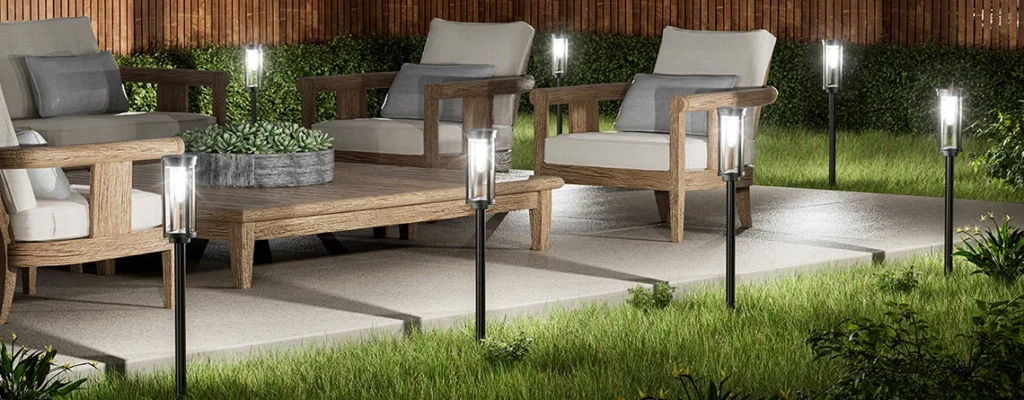
Battery Types: NiMH vs. Lithium-Ion Showdown
Not all solar lights are built the same, and the battery inside makes a big difference. You’ve got two main players: nickel-metal hydride (NiMH) and lithium-ion. Each has its quirks, and knowing them helps you pick smarter or troubleshoot what’s going wrong.
Here’s the breakdown:
- NiMH Batteries
- Common in budget-friendly solar lights.
- Last about 1-2 years with daily use.
- Struggle in extreme heat or when drained too deeply, losing capacity faster.
- Think of them as the reliable but short-lived workhorse—fine for casual setups but not champs for longevity.
- Lithium-Ion Batteries
- Found in pricier or newer solar lights.
- Stretch to 2-3 years, sometimes longer with good care.
- Handle charging cycles better, keeping brightness steady over time.
- These are the marathon runners, built for endurance and less fuss.
I’ve got a mix of both in my yard. The cheap NiMH ones along my walkway started dimming after a year, while the lithium-ion Bitpott models on my fence are still going strong after two. If you’re buying new solar lights, leaning toward lithium-ion is usually worth the extra bucks for fewer headaches.
How Long Should Batteries Last?
No battery lasts forever, but how long yours holds up depends on a few things: how often the solar lights run, what kind of weather they face, and the battery’s quality. Most batteries in solar lights give you 1-3 years before they start acting up, but that’s not set in stone.
What affects the timeline? Here’s a quick look:
- Climate Extremes: Hot summers cook NiMH batteries, while freezing winters slow down lithium-ion ones, cutting capacity by up to 20% in subzero temps.
- Usage Patterns: If your lights burn all night, every night, they’ll wear out faster than ones on motion sensors that sip power.
- Battery Quality: Cheap NiMH cells might quit in a year; high-end lithium-ion can push past three with care.
My neighbor learned this the hard way. His bargain-bin solar lights faded after one scorching summer, but when he upgraded to lithium-ion models and adjusted their settings to dim at midnight, they lasted through two winters without a hitch. Expect to swap batteries every 1-3 years to keep that glow steady.
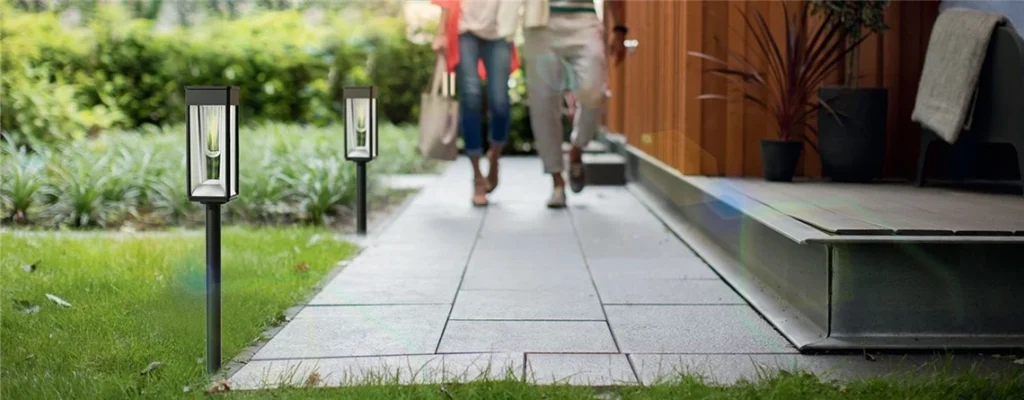
Spotting a Tired Battery: Signs It’s Time to Swap
Before you toss your solar lights and curse their existence, check if the battery’s the culprit. A fading light doesn’t always mean the whole unit’s junk—often, it’s just the battery waving a white flag. Here’s what to watch for:
- Shorter Runtime: Your lights used to shine for 6-8 hours but now peter out after 2-3.
- Weak Charging: Even after a sunny day, they’re dim or barely light up.
- Flickering or Flaking: They blink on and off or don’t turn on reliably.
- Age Check: If they’ve been running for over two years, the battery’s likely past its prime.
I had a set of pathway lights that started acting like they were on a dimmer switch. After 18 months, they’d barely last till 10 p.m. Swapped the NiMH batteries for fresh ones, and boom—back to full brightness. If you’re seeing these signs, don’t bin the lights; a new battery might be all you need.
DIY Battery Swap: Can You Do It Safely?
Good news: most solar lights are designed so you can swap the battery without needing a tech degree. Manufacturers know batteries wear out, so they often make them accessible, though some models are trickier than others. I’ve done it a few times, and it’s usually no harder than changing a remote’s batteries—if you know the steps.
Here’s how to replace a battery in most solar lights:
- Find the Compartment: Check under the light or inside the housing. Sometimes it’s a screw-off cap or a clip.
- Remove the Old Battery: Pop it out gently—don’t force it. Note the type (AA, AAA, or custom pack) and chemistry (NiMH or lithium).
- Insert the New Battery: Match the size, voltage, and type exactly. Wrong ones can fry the light.
- Reassemble and Charge: Put it back together and let it soak up a full day’s sun before testing.
A few safety tips to avoid screwing it up:
- Stick to Rechargeables: Disposable batteries won’t work and might leak.
- Match the Specs: Use the same size and chemistry as the original. Check the manual or old battery’s label.
- Don’t Mix Old and New: Putting a fresh battery with an old one can mess with performance.
I swapped batteries in my Bitpott spotlights last spring. Took five minutes, and they were back to lighting my driveway like a runway. If your model’s sealed tight, check online for a guide—some need a small screwdriver or a bit of patience.
Pro Tips for Longer Battery Life
Want to stretch your battery’s life before it needs replacing? A little care goes a long way. I’ve picked up some tricks from trial and error that keep solar lights shining longer:
- Clean the Panels: Dust or snow on the solar panel cuts charging efficiency. A quick wipe every month keeps them soaking up max rays.
- Use Smart Settings: If your lights have motion sensors or dimming modes, use them. Less runtime means less battery wear.
- Store in Extreme Weather: In brutal heat or deep freezes, bring lights indoors during off-seasons to protect the battery.
- Pick Quality: Go for lithium-ion models from brands like Bitpott. They cost more upfront but save you from frequent swaps.
One summer, I forgot to clean my pathway lights for months. The panels were caked with pollen, and the batteries were barely charging. A quick scrub, and they were back to full power. Small habits like these can add months—or even a year—to your battery’s life.
Real-World Wins: Stories from Solar Light Users
Batteries don’t just die in a lab—they give out in real yards, and users have stories. A Reddit user in Colorado shared how their NiMH-powered solar lights faded after one snowy winter. They swapped to 2000mAh lithium-ion batteries, and their garden path stayed lit for 8 hours even in February. Another user, in Arizona’s blistering heat, said their lithium-ion Bitpott lights held strong for three years with minimal dimming, thanks to regular panel cleaning and motion-sensor settings.
In my own backyard, I had a cheap set of solar lights that barely made it a year before dimming. Switching to higher-capacity lithium-ion batteries and tilting the panels for better sun exposure turned them into reliable night guides. These stories show that with the right battery and a bit of care, solar lights can keep shining through tough conditions.
Keep the Glow Going: Why Battery Care Matters
Solar lights are a hassle-free way to light up your outdoors, but they’re only as good as their batteries. Expect to replace them every 1-3 years to keep that glow strong. Lithium-ion batteries, like those in Bitpott models, outlast cheaper NiMH ones and need less frequent swaps. Watch for signs like dimming or short runtimes, and don’t be afraid to pop in a new battery—it’s usually a quick fix. With a little maintenance, like cleaning panels or using smart modes, you can stretch their life even further.
In a nutshell:
- NiMH vs. Lithium: NiMH is cheaper but fades faster; lithium-ion lasts longer.
- Replacement Timing: Swap every 1-3 years, depending on use and weather.
- DIY Ease: Most batteries are user-replaceable with basic care.
- Pro Moves: Clean panels, use sensors, and pick quality for less hassle.
By staying on top of battery health, you can keep your solar lights shining bright, night after night, without breaking the bank or the planet.

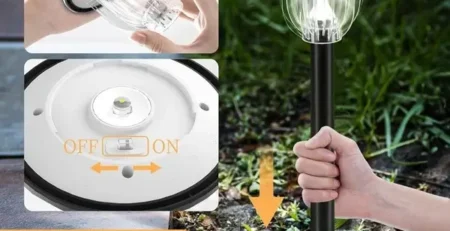



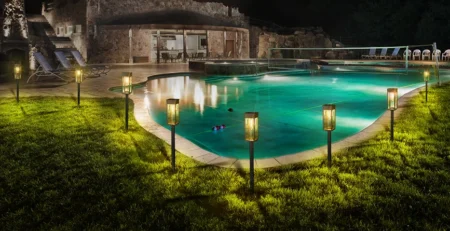
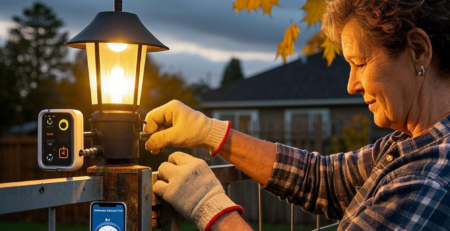
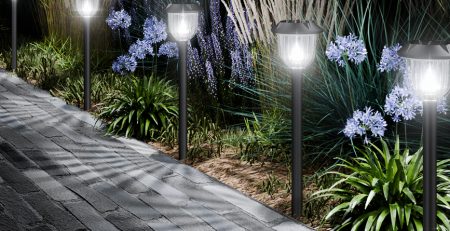
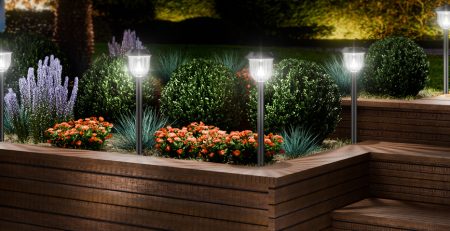

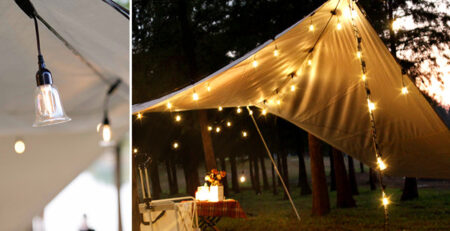
Leave a Reply